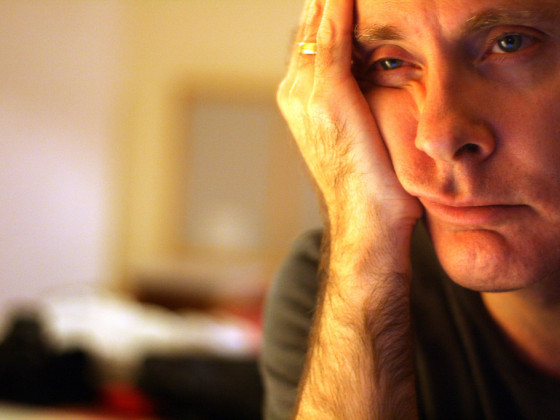JETLAG IS THE BANE of every traveler everywhere. It cuts into our travel, it sends us to bed earlier than we’d like, and it wastes our waking hours on the moments we spend in our beds staring up at the dark hotel ceiling in the middle of night. And then, when you get back home, it serves as a sort of secondary post-trip hangover, just to make leaving the world of travel behind that much worse.
Fortunately for us, though, science has turned its all-seeing eye on jetlag, and has determined what causes it, and as such, we now have the tools we need to fight jetlag and make our trips and our returns home that much less painful. Here’s how to do it.
